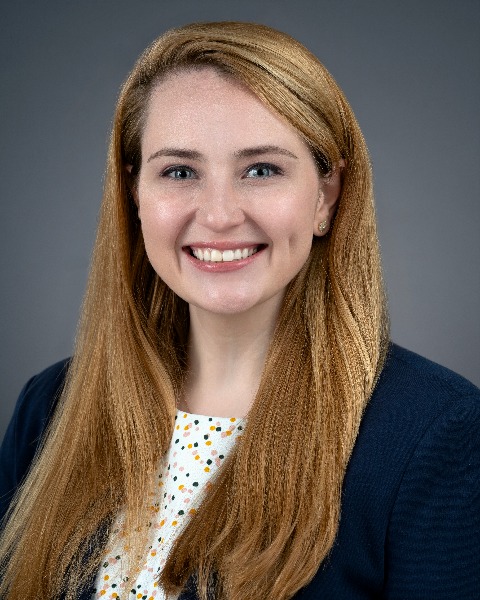Medical Education Works in Progress
Session: Medical Education Works in Progress
WIP 68 - Validation of a Digital Stethoscope for Recording and Identification of Pediatric Breath Sounds to Aid in Development of a Machine Learning Algorithm
Saturday, April 26, 2025
2:30pm - 4:45pm HST
Publication Number: WIP 68.7670
Jennifer Nestor, NemoursAlfred I. duPont Hospital for Children, Glenmoore, PA, United States; Jigar C. Chauhan, Nemours Children's Health, Bear, DE, United States; Nicholas Slamon, Nemours Children's Hospital, West Grove, PA, United States; Rebecca Clifford, Nemours Children's Hospital, Wilmington, DE, United States; Jenna M. Lapira, Nemours Children's Hospital, Wilmington, DE, United States

Jennifer Nestor, MD
Fellow Physician
NemoursAlfred I. duPont Hospital for Children
Glenmoore, Pennsylvania, United States
WIP Poster Presenter(s)
Background: Interpretation of pulmonary auscultatory exam findings can be subjective and variable in pediatric patients. Using electronic stethoscopes, databases and machine learning algorithms have been developed to identify cardiac murmurs but no similar technology exists for pulmonary auscultation in pediatrics. Identification of specific breath sounds, including wheezing, crackles and rhonchi, may aid in clinical management of patients, guiding use of interventions like antibiotics and bronchodilator therapies.
Objective: The primary aim of this study is validation of digital stethoscope recording technology (EkoCore) for pediatric pulmonary auscultation. The secondary aim is to create a database for education and design of a machine learning algorithm for breath sound identification.
Design/Methods: This is an IRB approved prospective observational study of patients < 18 years old hospitalized at Nemours Children’s Hospital, Delaware with respiratory illness. After consent, the primary investigator, blinded to the patient’s diagnosis, will use a digital stethoscope to auscultate and record breath sounds from the anterior and posterior right upper, middle and lower lobes and left upper and lower lobes. The investigator will, in real-time, classify the predominant breath sound as clear, crackles/rales, wheeze, or rhonchi at each of the 10 anatomic locations. All breath sounds will be stored in a secure database. At a later time, the same investigator and five experts will independently review and classify each recorded sound blinded to the initial classification. We will determine concurrent validity of digital breath sounds by calculating the intra- and inter-rater reliability for each breath sound compared to the initial real-time reference classification using Cohen’s kappa and Fleiss kappa. We will use the group consensus to establish a final classification of each sound for storage in the database. To date, 247 breath sounds have been recorded. It is anticipated that a total of 1000 breath sounds will be obtained. Enrollment will cease in early 2025 for data analysis.

